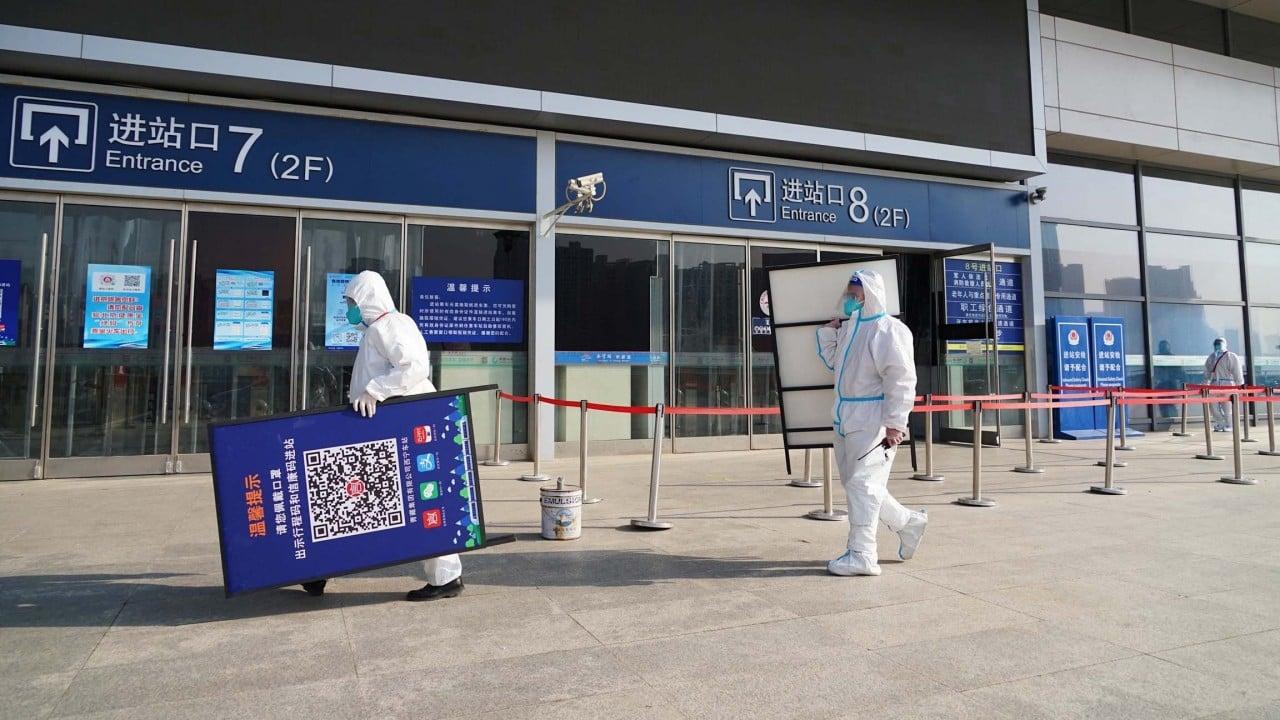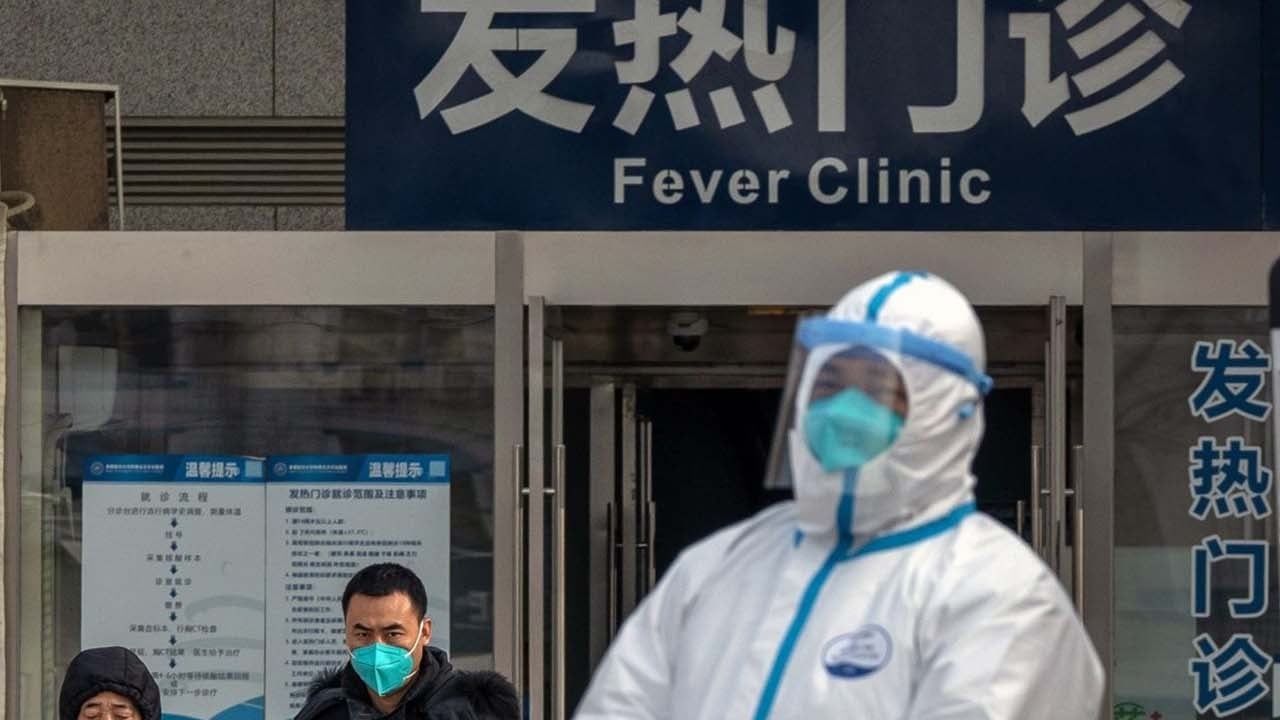
“The virus has become weaker and we have become stronger,” it said on Saturday.
The declaration from the work conference, which took place on Thursday and Friday, said the country had new priorities in the “new phases of Covid prevention and control”.
“The country should improve Covid response measures in accordance with the development of the pandemic and implement the measures in the new phase of pandemic control in a serious manner, to ensure medical treatment and therapeutics for the public,” it said.
“Preventing disease among the elderly and those with underlying conditions will be the priority and effort should be made to prevent serious illness and to protect health.”
Without saying specifically that the era of zero Covid is over, the announcement marks the end of three years in which the top priority was to prevent infections at all cost.
The new policy goals – ramping up treatment and preventing serious disease caused by the virus – are the same as those in countries that have opted to live with the virus.
The work conference also said the country should be “innovative” in its Covid response and do a better job in balancing Covid response and economic growth, as the country grapples with a raft of economic challenges.
It also ordered local governments and ministries to ensure a smooth transition during the policy changes.
“Coordination should be strengthened to ensure orderly implementation of the optimised and adjusted Covid policies to ensure stable transition and social stability through the epidemic surges,” it said.
Xinhua also released a lengthy article on Saturday, saying the zero-Covid policy bought China time to vaccinate 90 per cent of its population, and to develop rapid test kits and therapeutics.
It said that in the three years the policy was in place, more than 4 million community workers worked around the clock in 650,000 townships and neighbourhoods to protect the country’s 1.4 billion people, handling over 100 outbreaks.
The country now had better healthcare and therapeutics and greater experience in dealing with the virus.
The release of two sets of guidelines over the past few weeks was based on cautious consideration, it added.
A 20-point set of guidelines issued in November indicated the first relaxation of Covid restrictions, cutting quarantine time for domestic and inbound travellers and limiting the scope of communitywide testing.
However, this generated much confusion because local governments were still required to cut off all community transmission, an impossible feat given Omicron’s rapid spread.
A wave of protests erupted in several cities, with protesters holding up blank A4 pieces paper in protest against continued lockdowns and mass testing.
After the protests, the government relaxed measures further this month with a 10-point plan that included dropping mass testing, health codes and centralised quarantine requirements for most cases.
However, the public was not prepared for the abrupt change and scrambled to buy medication.
State broadcaster CCTV said the government had ordered factories to ramp up production of rapid test kits and medicine to ensure stable supplies.
With a low rate of booster shots among the elderly, many specialists are worried about the death rate in China this winter.
In the meantime, many local governments are forecasting infections to peak next month before the Lunar New Year.
Authorities in the cities of Shanghai and Nanjing said on Saturday that some primary and high school students would shift to online classes to prepare for the coming wave of infections, while Suzhou said students could choose themselves whether to take classes online.



